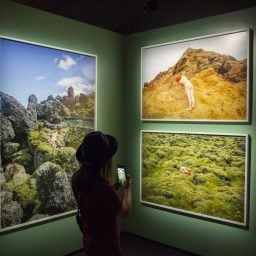At Fotografiska New York, you enter through the gift shop. The Swedish photography hub, which opened last month inside a dramatic, Gilded Age mansion on Park Avenue, is one of America’s only for-profit art museums. (Another one, the Museum of Sex, is located just a few blocks north.)
“Photography lends itself to the for-profit model because it helps foster a cultural experience,” Yoram Roth, the museum brand’s chairman and majority shareholder, tells Artnet News. “But you can’t just put art on the wall and hope people come back. This is the experience economy.”
Fotografiska is consequently adorned from foot to face with the polish you would expect from a commercial enterprise in the arts. The museum is looking to create an immersive experience, Roth says, akin to those fostered by Japanese digital collective TeamLab, whose Tokyo exhibition space now attracts more visitors than the Van Gogh Museum in Amsterdam, or the light-show extravaganza Atelier des Lumières across the pond in Paris.
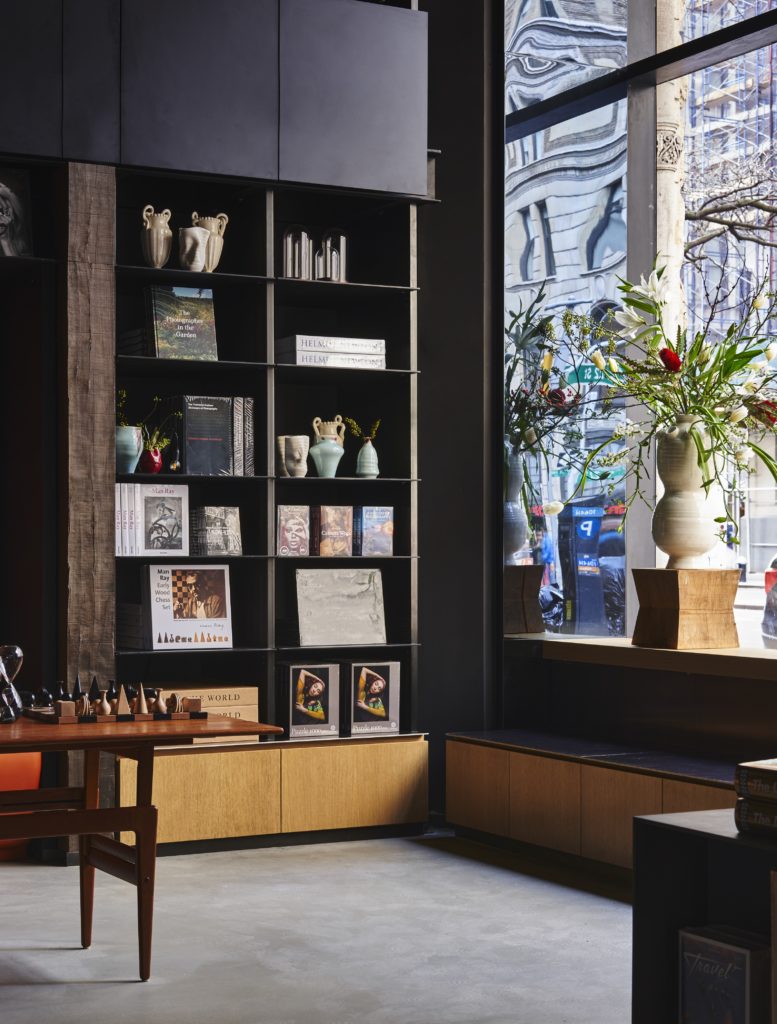
The interior space at Fotografiska, New York. Photo: Adrian Gaut.
The museum is betting that in a city where tickets to the Museum of Ice Cream cost $38, visitors will be willing to pay for the privilege of experiencing photography in a way that feels more like socializing than doing homework. (Admission for adults is $28; more than at the Museum of Modern Art, which charges $25, but less than for MOIC.)
At Fotografiska, doors are often open until midnight to accommodate events like DJ sets and artist talks. Visitors can wander through the galleries with cocktails in hand before descending to the second floor’s restaurant, Veronika, named after the patron saint of photography and operated by the famed restaurateur Stephen Starr. The décor of its upstairs event space and downstairs bar area mixes the masculine camp of Abercrombie & Fitch with the velveteen hauteness of Soho House.
A New Model
Over the past decade, Fotografiska has developed from an upstart Swedish experiment inside an old Stockholm customs house into an international brand intent on opening several outposts across Europe and Asia. When Roth visited the original Stockholm museum almost a decade ago, he saw an opportunity to expand on the ambitions of the company’s founders, the brothers Jan and Per Broman, who also run Fotomässan, the Nordic region’s largest consumer photography fair.
What the self-described “cultural entrepreneur” has created is a closed circuit of museums around the world that, he explains, share programming resources with little overhead cost. According to Roth, who also operates a strategic asset management firm with investments in hospitality and real estate, the majority of these locations are buoyed by real estate investors “who understand that museums bring people into their neighborhoods.”
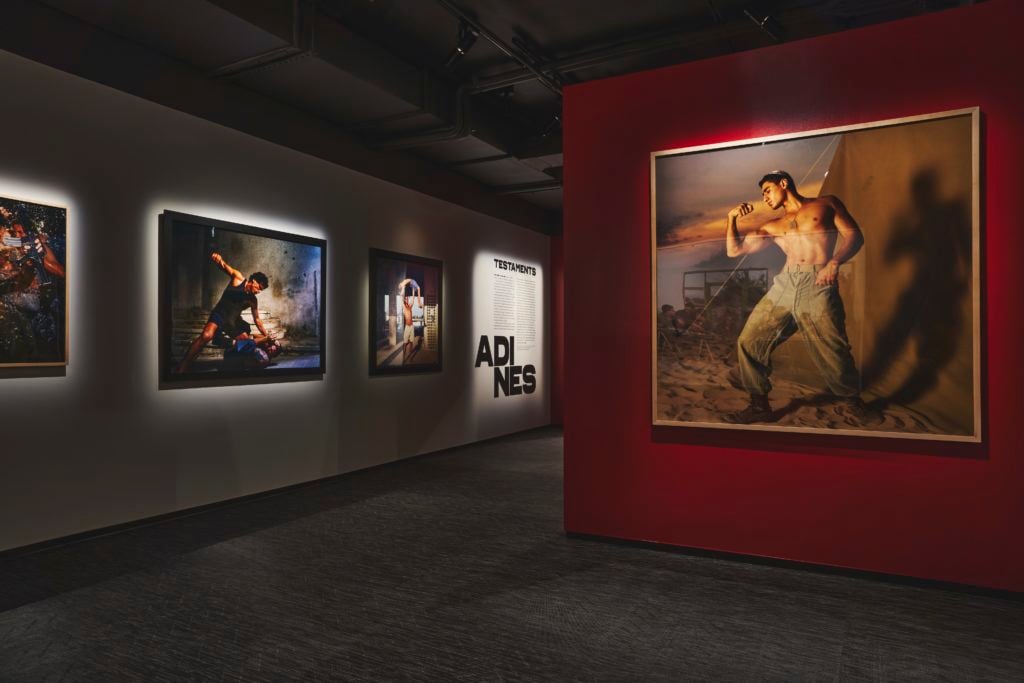
Installation view of “Adi Nes: Testaments” at Fotografiska in New York, courtesy of Fotografiska.
That includes RFR Realty, the owner of Fotografiska New York’s $50 million Church Missions House location. The company, which is owned by art collector Aby Rosen, was previously expected to convert the historic building into luxury apartments selling between $100 and $150 per square foot with a total of 45,000 square feet for sale. (You might also recognize the spectacular building as the one now-jailed scammer Anna Delvey proposed as the site of her fictional art foundation.)
Fotografiska New York expects to mount more than 20 exhibitions per year—a packed schedule compared to museums of comparable size, which produce closer to a half dozen. What allows this assembly line to function so efficiently is an exchange system among museums, enabling shows to travel between New York, Stockholm, Tallinn, and the forthcoming London location.
“Our primary concern is quality,” says Amanda Hajjar, Fotografiska New York’s director of exhibitions. “There’s a lot of care and thought put into what we do here.”
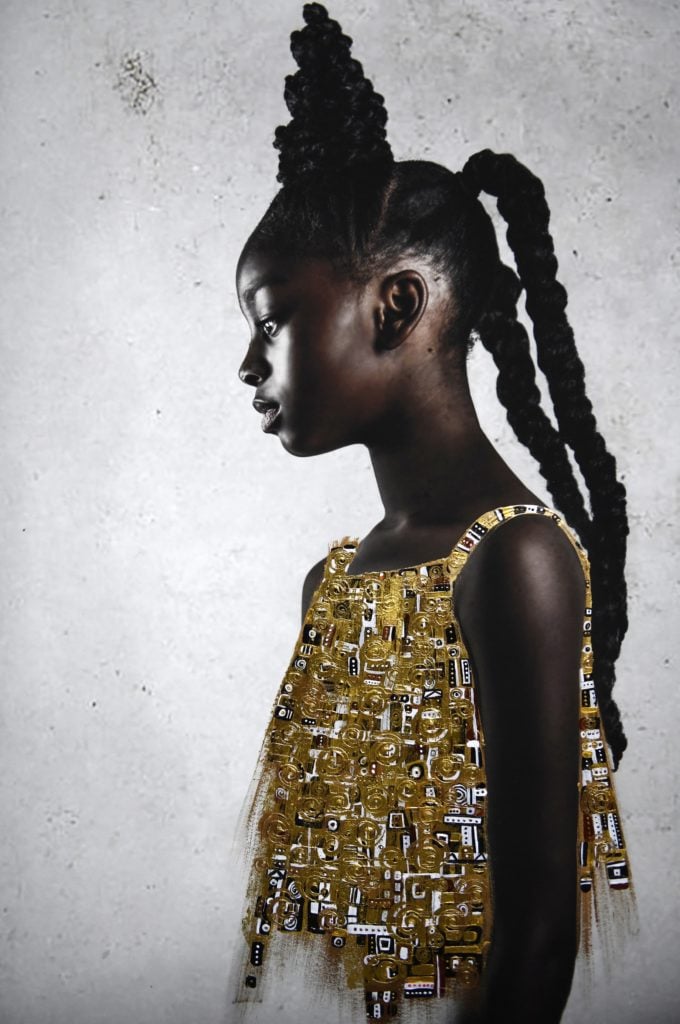
Tawny Chatmon, Castles-The Redemption (2019). © Tawny Chatmon, courtesy of Fotografiska, NY.
A Packed Schedule
Fotografiska predominantly relies on its team of around 60 part-time workers, the majority of which handle front-of-house tasks like visitor services (though the museum says it is still determining its the exact staff size needed). Additionally, there are approximately 20 full-time employees in charge of running the museum’s six floors, not including the restaurant. And the exhibitions team in New York consists of four people. Many of those employees tend to come from the sales and commercial realms, rather than academic art history; Hajjar, for example, worked at Gagosian for more than eight years before joining Fotografiska. Interestingly, nobody within the international operation holds the title of curator.
Fotografiska may lack the scholarship and research infrastructure typically associated with museums, but its leadership contends that it provides a necessary platform for photography that the public might not otherwise be exposed to in an institutional setting, such as fashion photography or photojournalism. Among the inaugural shows, for example, is a portfolio of work by Anastasia Taylor-Lind commissioned by Fotografiska and TIME magazine that chronicles the New York families and the caretakers who help raise their children. “We are a more accessible venue for artists and visitors,” said Hajjar.
While the museum lacks a curator, Hajjar says that her staff often collaborates directly with artists and their representation to create exhibitions, covering production and travel fees. And although the museum doesn’t directly sell work from its exhibitions, Hajjar says that Fotografiska refers inquiring collectors directly to the artists and galleries they collaborate with.
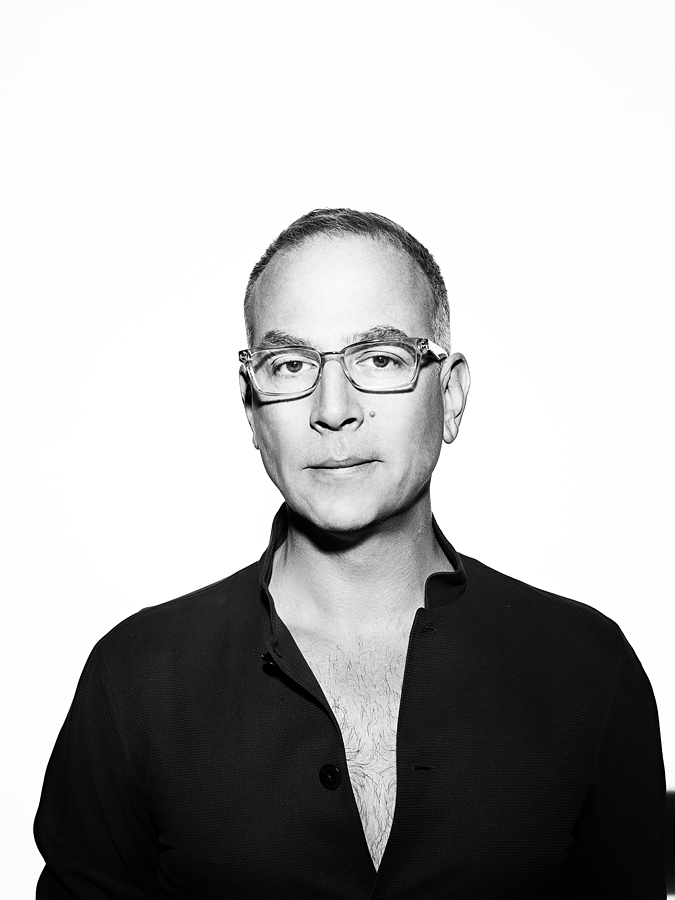
Yoram Roth. Photo: Courtesy of Fotografiska.
But the lightning pace required to produce 20 exhibitions per year can leave some participating artists feeling left behind. For an upcoming exhibition in collaboration with Vice, one artist says he was invited to participate by a museum official, but denied any details as simple as when the show would open and who else was involved. He was also told by the exhibition’s organizer that he would not be paid for participating in the exhibition. “I can’t quite tell what they’re after,” said the artist, who wished to remain anonymous because of his continued involvement with Fotografiska. (A spokesperson for the museum clarified that this exhibition is “a bit of an outlier and not indicative of the typical process,” which usually involves paying artists an undisclosed fee in addition to travel and production costs.)
“It’s nice that they are building a museum in a neighborhood that’s just a dead zone for art,” the artist said of the area, which has become a hub for tech and finance start-ups in recent years. “All they have here is finance bros.”
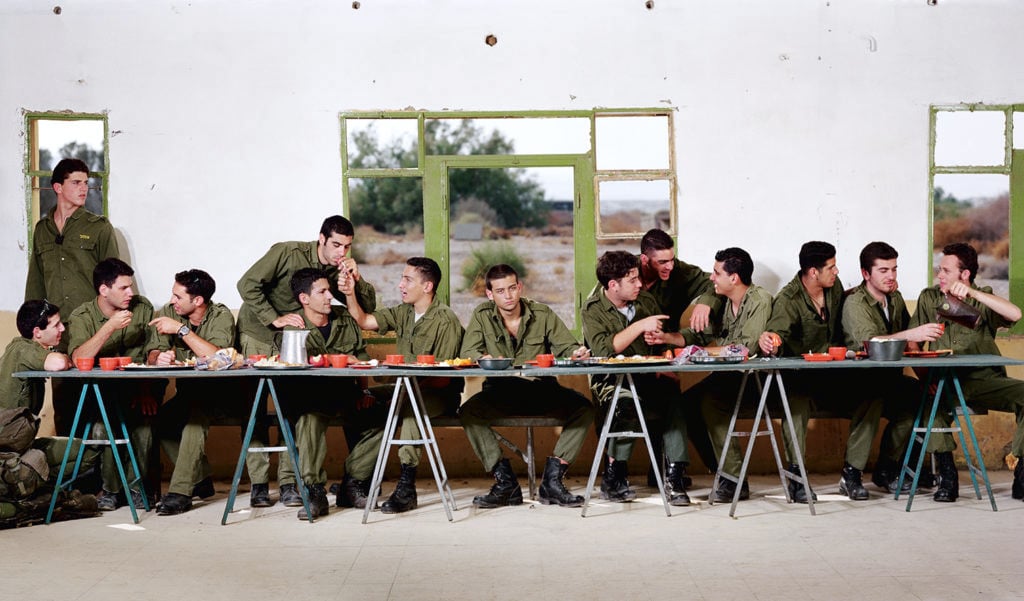
Adi Nes, Last Supper (1996). © Adi Nes, courtesy of Fotografiska, New York.
For some museumgoers, the variable quality of photography on display was nettlesome. Two women visiting on a Wednesday afternoon passed through an exhibition of fashion photographer Ellen von Unwerth with furrowed brows. They had enjoyed the crisp landscape photographs of Helene Schmitz’s on another floor, which explored the impact of climate change, but found these—shots commissioned for fashion editorials that display models in skimpy clothes posing in bathtubs and on rooftops—as an odd fit for a typical art museum. As she examined a photograph entitled It’s a Barbie World, one woman said, “It just seems like they are trying too hard to say too much.”
With exhibitions changing every few months, Roth hopes that visitors like the one above will return to Fotografiska and find something they love. “Nowadays, it’s important to make art around experiences,” he explains. “Standing in front of a photographic print is magic, and that’s not going away. The question is: How can we top that?”








